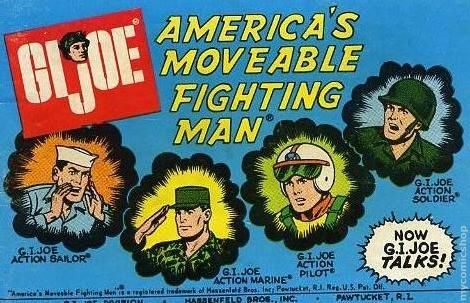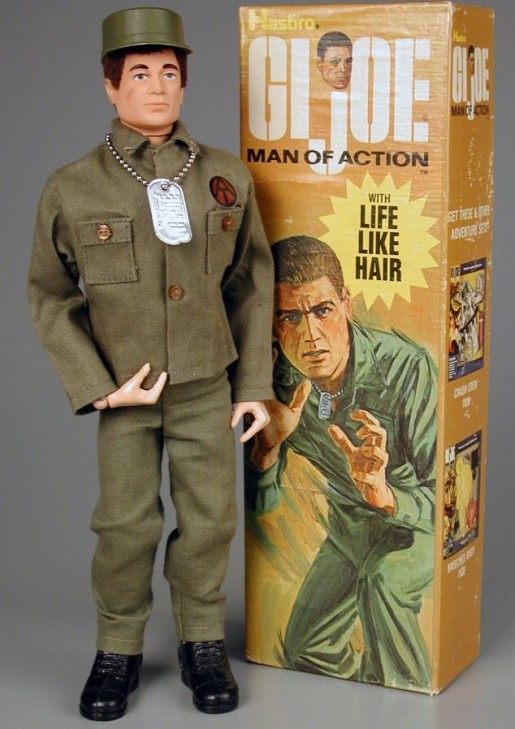Why Did G.I. Joe Have a Scar on his Face?
Here is the latest in a series of examinations into urban legends about toys and whether they are true or false. Click here for an archive of all toy urban legends featured so far!
TOY URBAN LEGEND: The original G.I. Joe had a scar on his face so that Hasbro could trademark the figure’s design.
In 1964, Hasbro launched their G.I. Joe: America’s Movable Fighting Man, the first poseable doll targeted specifically to boys as an “action figure.”

The toy was a smash success and is still being produced to this day, albeit in a different form.
An interesting facet of the toy is that “Joe” had a scar on his face? What was the somewhat surprisingly practical reason for it being there?
You see, you are not actually able to trademark or copyright the human form.
Mannequins, for instance, are not able to be registered as intellectual property, not by trademark, copyright, patents or whatever.
DISTINCT human faces, however, can be trademarked. And therefore, that was the purpose of the scar. Knockoff toys of G.I. Joe (which there were many) could not be stopped by Hasbro, but if the knockoffs had the scar on them, then Hasbro could stop them.
A second aspect of the doll also became a trademark of G.I. Joe, but this was amusingly enough done as a mistake. The thumbnail on the right thumb was accidentally put on the bottom of the finger. Hasbro decided to leave it in there as another trademarkable aspect of the toy.
The legend as…
STATUS: True
Thanks to the Museum of Play for the picture of the G.I. Joe figure.
Feel free (heck, I implore you!) to write in with your suggestions for future installments! My e-mail address is bcronin@legendsrevealed.com.







figured that since one can’t trademark the human form that hasbro would try something short of saying gijoe was a male doll to trademakr it like a scar or some mark on the prototype.
The illustrated ad looks like Kurt Schaffenberger’s work. Any idea if that’s the case, Brian?
It is, indeed, Schaffenberger.